Turkish marble, renowned for its beauty and durability, is experiencing a surge in global demand, increasingly utilized in a wide range of architectural and interior design projects. The natural stone, prized for its unique veining and color variations, is becoming a sought
- after material for both modern and classic interiors worldwide. Turkish marble's versatility and enduring appeal contribute to its rising popularity.
- quality marble. Regions like Antalya, Burdur, and Afyonkarahisar are particularly known for their abundant marble reserves. The stone’s distinctive characteristics, including its vibrant colors and intricate patterns, make it a favorite among designers and builders. Examples of popular Turkish marble varieties include Carrara, Statuario, and Calacatta, each offering a unique aesthetic. The geological processes that form these marbles over millions of years result in stunning visual textures, making each slab truly one-of-a-kind.
- Interior Design: Used extensively for flooring, wall cladding, countertops (kitchens and bathrooms), and decorative accents.
- Architecture: Employed in facades, columns, and other structural elements of buildings.
- Sculpture and Art: The stone's workability makes it ideal for creating sculptures and other artistic creations.
- Commercial Spaces: Frequently used in hotels, restaurants, and retail establishments to create a luxurious and sophisticated atmosphere.
- end projects. The marble's ability to enhance the aesthetic appeal and perceived value of a space is a significant driver of its popularity.
The Allure of Turkish Marble
For centuries, Turkey has been a significant source of high
Applications of Turkish Marble
The applications for Turkish marble are diverse, spanning numerous sectors. Here’s a breakdown of common uses:
Global Demand and Market Trends
The global demand for Turkish marble has witnessed a consistent upward trajectory. Factors contributing to this trend include increasing construction activity in emerging markets, a growing preference for natural materials in interior design, and the perceived value and longevity of marble compared to alternative materials. The United States, Europe, and Asia are key markets for Turkish marble, with designers and architects increasingly specifying it for high
Sustainability and Ethical Sourcing
As consumer awareness of sustainability grows, so too does the importance of ethically sourced materials. Turkish marble producers are increasingly focused on implementing sustainable mining practices and ensuring fair labor conditions. Many companies are now obtaining certifications to demonstrate their commitment to environmental responsibility. Responsible sourcing and environmentally conscious production are becoming crucial factors in the market.
Future Outlook
The future of Turkish marble appears promising. Continued investment in modernizing mining and processing techniques, coupled with a focus on sustainable practices, will further enhance the competitiveness of Turkish marble in the global market. The ongoing trend toward natural and luxurious materials suggests that demand for Turkish marble will remain strong in the years to come. The unique characteristics and enduring appeal of Turkish marble position it for continued success in the global design landscape.
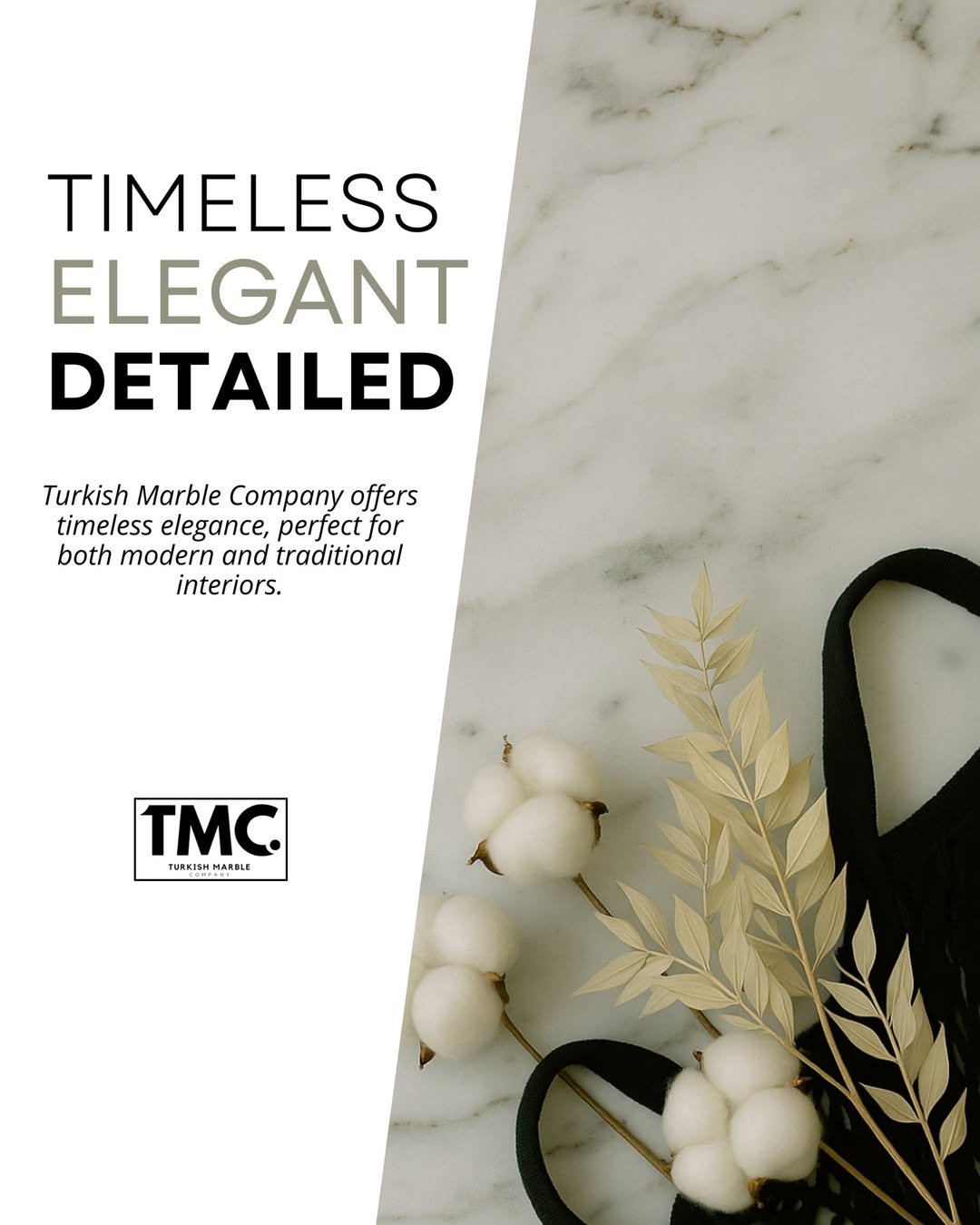
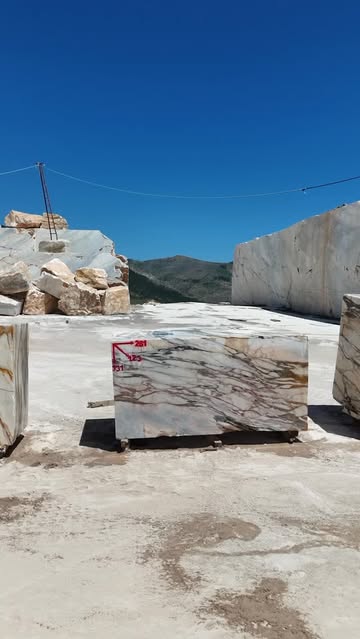
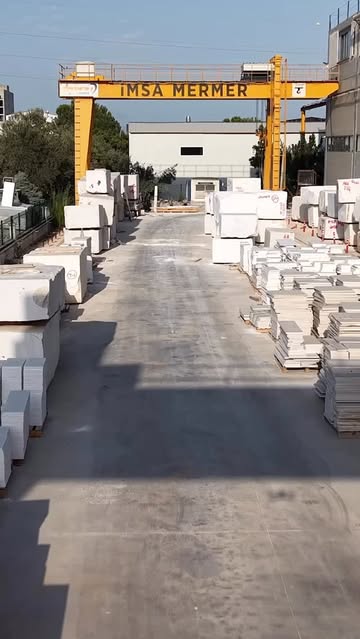
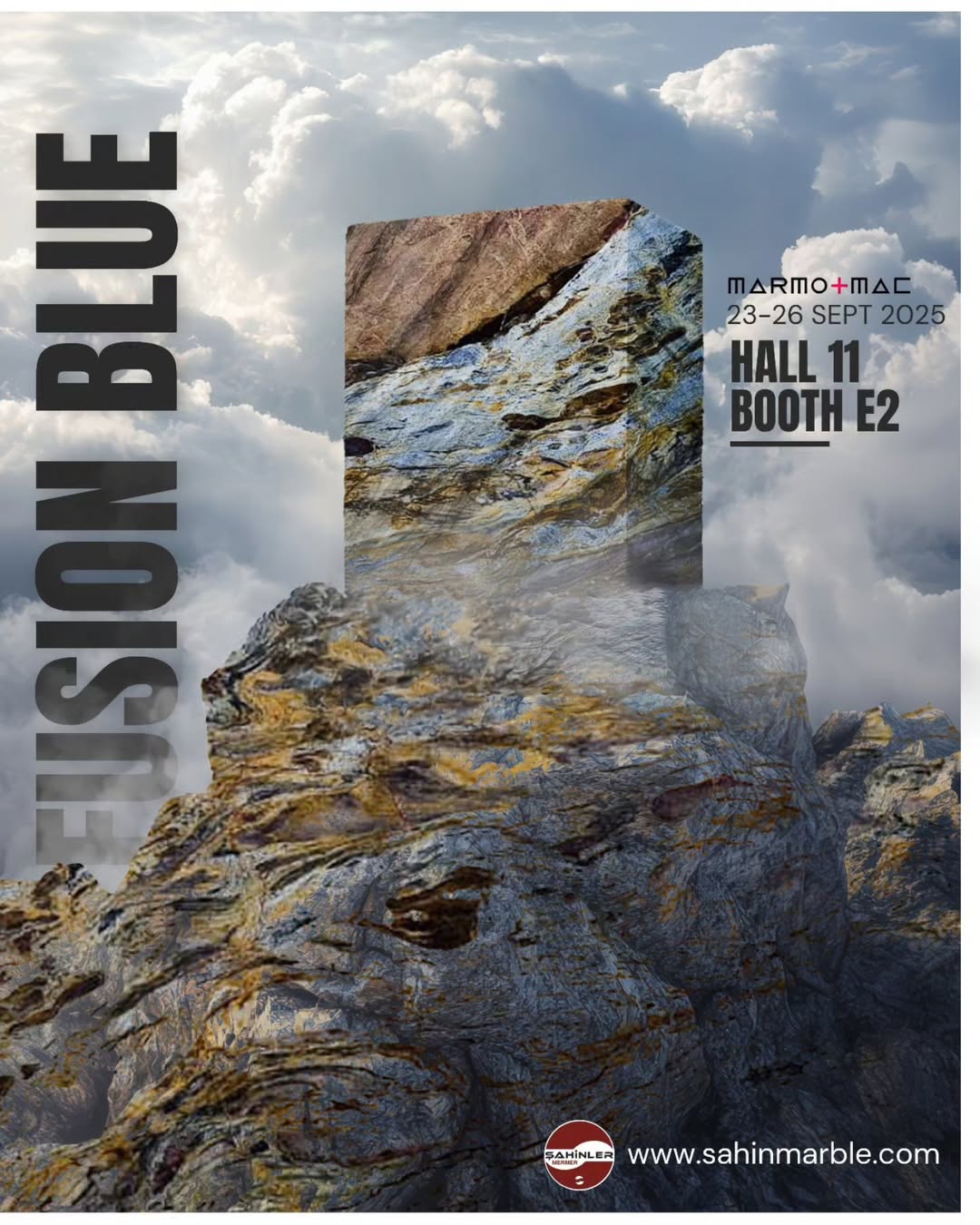
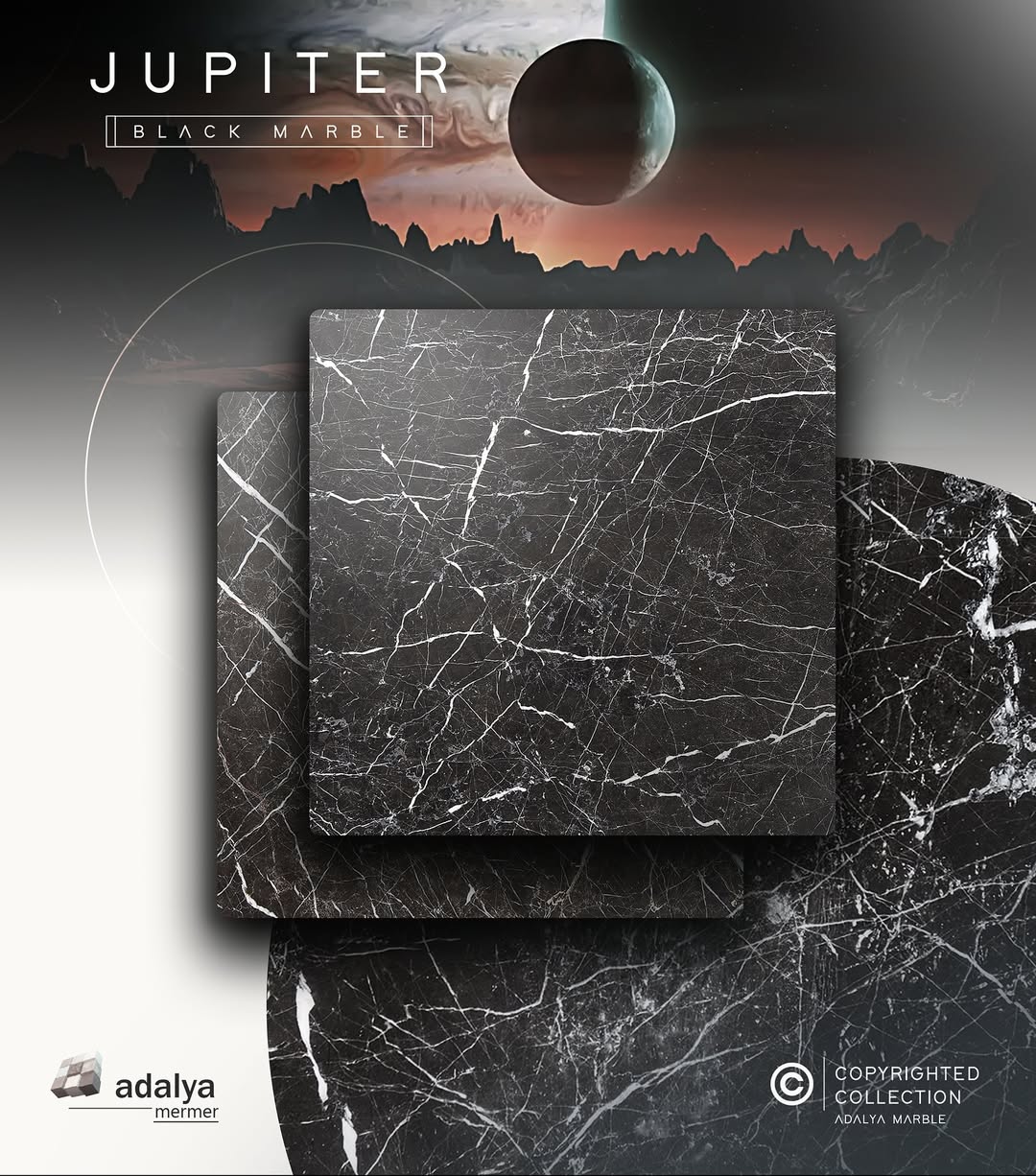
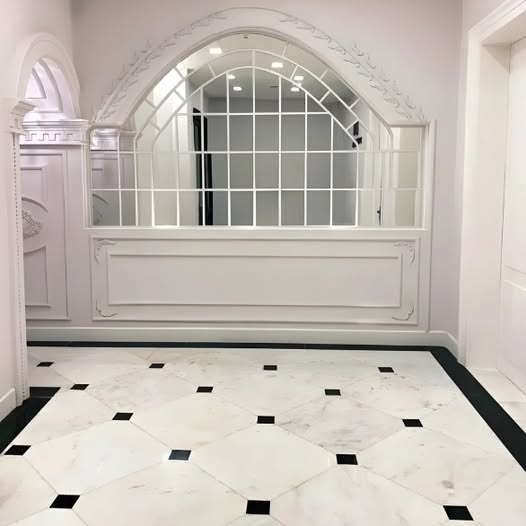
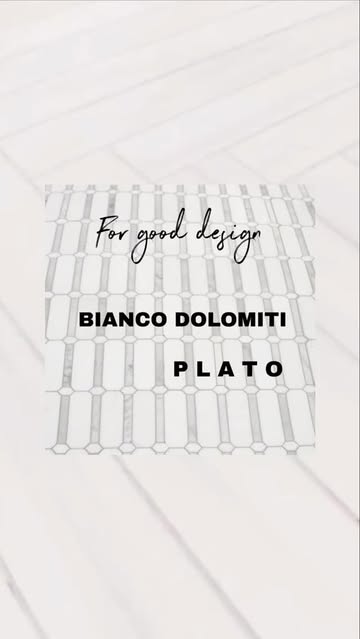

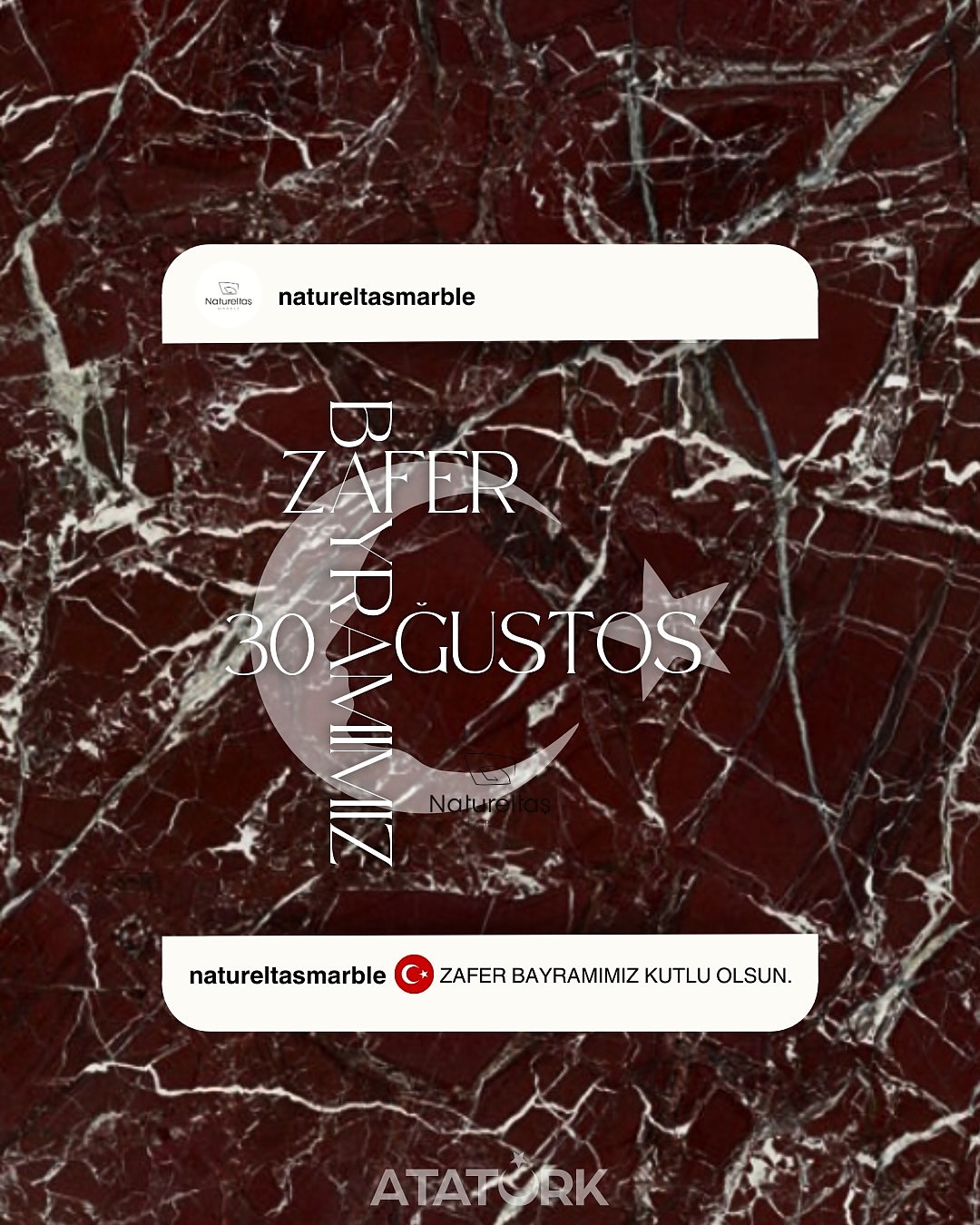
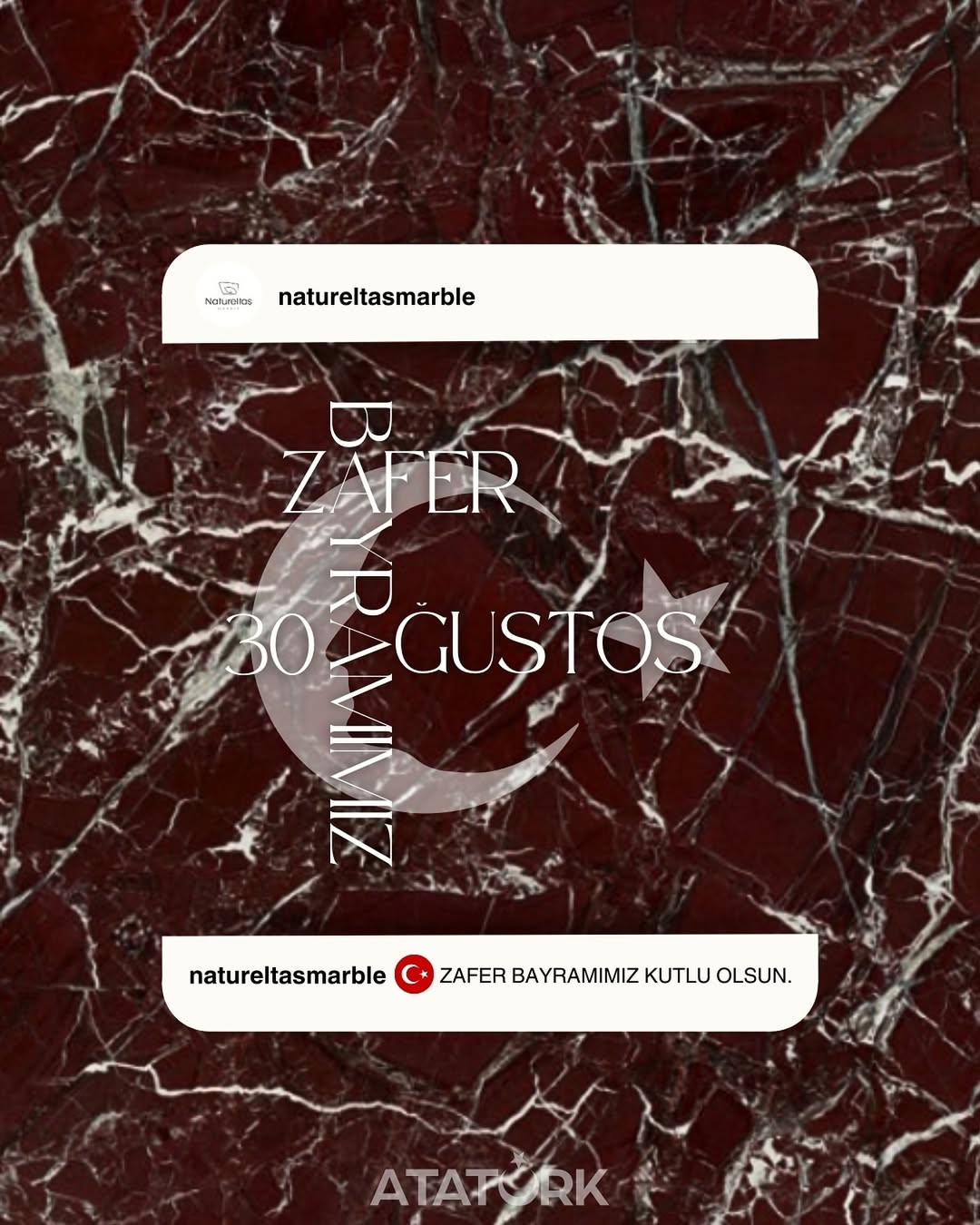
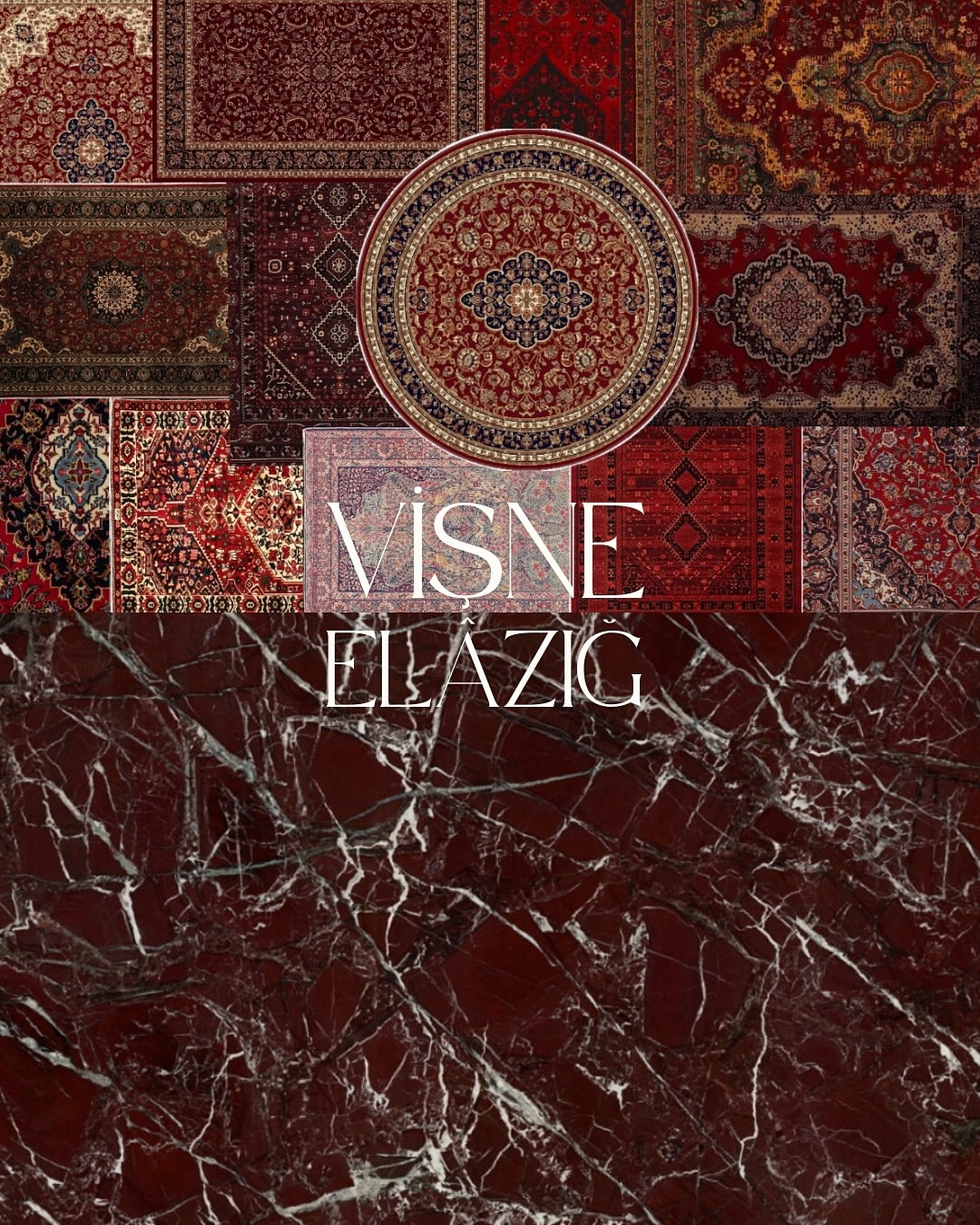
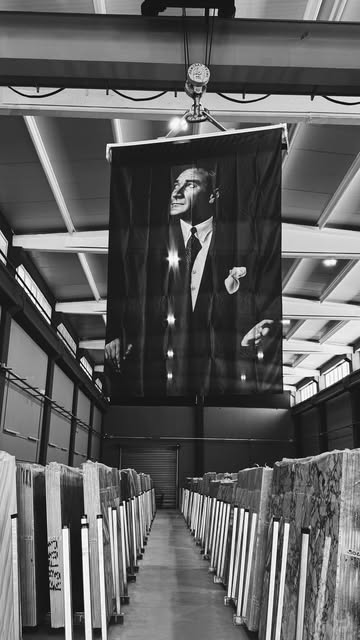


Yorumlar
Yorum Yap